La Isla Magazine, July 2010 Cover Story
Written by Anton Diaz
Photos by George Tapan
Read First: The Magic of Batanes Isles (Part 1 of 2)
Sabtang Island
Chamantad Viewpoint, Sabtang Island. Photo by George Tapan.
Sabtang Island is 30-45 minutes away from Batan Island via a falowa ride. The falowa is a U-haul boat designed with no balancing beam called katig, so that it can freely dance with the waves. Between Batan and Sabtang is the channel where the Pacific Ocean and the South China Sea meet. In this channel, you can see the waves flowing in different directions, and this is where most people get seasick with the falowa's rocking motion.
Once you arrive in Sabtang and see the heritage towns of Savidug and Chavayan, you will realize that bearing with the rocky falowa trip was worth it. These two areas are the remaining coastal towns composed predominantly of the stone houses Batanes is known for. The houses have walls that are made from stones bonded with lime and their roofs are made from cogon. These towns are next in line for inclusion in the UNESCO World Heritage List in the Philippines.
Valugan bay boulder beach, one of the favorite spots around the island. Photo by George Tapan.
Chavayan is the most loved heritage town of all, not only because of the intact stone houses but also because of the cute kids with anime eyes, and the vakul (traditional headdress used for planting root crop) weaving community.
In between the towns of Savidug and Chavayan is the Chamantad viewpoint, which can literally take your breath away. Some people remark that the grassland, mountain and seascape view remind them of Ireland. Most just appreciate the view in silence – in awe of the grandeur of Nature’s beauty and God’s creation.
You can end your day trip to Sabtang with an authentic Ivatan fresh seafood lunch along the beach. A simple serving of the fresh catch of the day, together with either lobsters or coconut crabs, will make the meal quite memorable. The beach is now more famous because of the natural arc formation found there (as shown in the movie, Batanes). After lunch, some people lie down for siesta along the beach or take a dip in the waters for a while. It is a bit rocky, though, because of the coral base.
Itbayat Island
Batanes Hedgerows. Photo by George Tapan.
Itbayat is the biggest of all the islands. Some say that it was the first to be inhabited and it was made from corals that were pushed up from the sea. That could explain why there are no beaches there. Instead, Itbayat is home to magnificent cliffs and rock formations.
To get there from Batan, you can ride a bigger falowa (compared to the ones traveling to Sabtang). The trip can take around 3 hours and the waves encountered are much bigger. If you sit on the roof of the falowa, you will literally see the boat swaying almost 95 degrees from side to side. The boatmen give out plastic bags before traveling (so I guess getting seasick on the trip is already normal). The prime seats are those located beside the window so that you can still look out and see the horizon to avoid dizziness – or you can easily throw up into the sea.
Most Ivatans are fisherfolk by occupation. One of the popular ways they fish is they tie a long fish line in the falowa and then put the hook with fake bait into the sea. Consider it an extra treat if you see an actual fish caught using this method during your boat ride. If successful, the entire crew would clean the fish later on and eat it sashimi- or kilawin-style with chili vinegar. J
Small garlic of Batanes. Photo by George Tapan.
Docking in Itbayat is an experience in itself, where there are no beaches, bays or harbors. The designated port has a steep ramp where a clever pulley system was devised to lift the goods from the port to the elevated road. There are stairs paved on the sides of the ramp for pedestrians to climb. Modes of transportation going to the central town are a bit rustic, and life on Itbayat is simple and laid-back compared to the other islands.
A hike to the highest viewpoint on the island; caving in Torongan cave – an ancient dwelling place with a burial ground on top; and visiting the old town of Raele are the adventures that await the more daring visitors to the island. The houses in the town center are a bit modern already, but in Raele, you can see the stone houses built with rocks from crushed coral stones (since there is no source of boulder rocks on the island). A 2-3 day trip is ideal when exploring Itbayat.
Yummy Ivatan Food
Flavors of Batanes. Photo by George Tapan.
Aside from the natural beauty of the islands, the magic of Batanes can also be found in its organic food.
You’ll discover just how yummy organic food can be when you are served the Ivatan platter with all the fresh vegetables available on the island, such as fern salad, ampalaya, tomatoes, onions, eggplant, and okra with bagoong. The vegetables taste sweeter than usual and are pleasant to eat – even non-vegetable lovers rave about them.
Ivatans are proud of their food, which are usually home-cooked and prepared by the Ivatans themselves. Their authentic dishes are often enjoyed with a big fruit-tree leaf called Kabaya and are scooped up using the hands.
The turmeric rice made with fresh yellow ginger (sometimes, turmeric powder is used already) is always a treat to eat in every meal in Batanes. My favorite Ivatan dishes are the steamed Uvud balls made from banana heart mixed with meat; Lunez, their crispy and dried adobo version; and Venus, which is made from gabi stalks.
Dried dorado at Diura Fishing Village. Photo by George Tapan.
For special occasions, the Ivatans prepare kinilaw (raw fish meat from the fresh catch of the day), uni (sea urchins) and snails. Lobsters are also served to special guests and, occasionally, the tasty meat of coconut crabs. These crabs, called tatus, are already on the endangered list and are only allowed to be consumed locally.
Most of the Ivatan meals are served with freshly harvested root crops, like kamote, cassava or gabi. One particular root crop called dukay, which is white in color, is used as the main ingredient for Dukay Salad (which is fresh fruit and dukay, mixed with cream). If you visit Batanes, you should not miss trying their kamote – it's very sweet.
The beef in Batanes, when cooked, is very soft and tasty. It is ideal for dishes like Tapa, Bulalo, and my favorite Inihaw na Crispy Tadyang ng Baka. Tes of Pension Ivatan prepares the best beef dishes on the island, and you can take some beef home as pasalubong. Only pork and chicken are allowed to be imported from Manila, while the beef is 100% sourced from Batanes. You can see the cows grazing freely and happily around the vast grasslands, only eating natural and organic grass and vegetables.
Fundacion Pacita Abad
Blue chairs at Fundacion Pacita terrace look out peacefully towards the sea. Photo by George Tapan.
In recent years, Fundacion Pacita added its own magic to the overall Batanes experience. It is one of the best boutique hotels in the Philippines with a "Wuthering Heights” ambiance as it is located on top of a cliff with a 270-degree view of the sea, mountains and the sky. In December, this is one of the only places where you can feel it's "winter" in a tropical paradise like the Philippines.
This Batanes resort on top of a rolling hill was once the home studio of internationally acclaimed artist Pacita Abad. She's known for her larger-than-life, colorful mural paintings. One of her latest works was painting a modern pedestrian bridge called The Alkaff Bridge (it crosses the Singapore River at Robertson Quay) with playful colors.
The Fundacion Pacita Batanes Nature Lodge has a country-style charm in a lush garden setting. Its signature terrace rooms with blue chairs look out peacefully towards the sea. Each room was designed to resemble a gallery with works from well-known and up-and-coming artists.
Its signature Idawud room view at Fundacion Pacita. Photo by George Tapan.
The foundation supports the education of young Ivatan artists and the heritage conservation projects in Batanes. Among its artist beneficiaries are:
Olan Gonzales, who is the lead painter in the Tukon Chapel ceiling project;
Mahatao-born Jaypee Portez;
Xavier Abelador, a representational and surrealist painter; and
Itbatyat artist Javier Ponce.
The artworks of these young Ivatan artists are appreciated locally and recognized internationally by art collectors and enthusiasts. Some of their works are sold on Ebay and they have a couple of major commissioned projects also. You can see the tribute painting they created at the entrance of the Fundacion Pacita Batanes Nature Lodge. Pacita Abad’s insignia is located in the center, and each quadrant is painted with the young Ivatan artists’ own interpretation and tribute to the master artist who inspired them.
The Proud Ivatans
A woman wearing Vakul, a traditional headress used for planting root crops. Photo by George Tapan.
The core essence of the magic of Batanes is the first-hand encounter with the Ivatans. They are proud of their culture and heritage – never arrogant and never apologetic about who they are. They lead simple and happy lives, and they are always willing to help and go out of their way to assist you. The true spirit of Bayanihan – where people help each other out (ex. for building houses or preparing for a special occasion) – is still alive in their communities. They celebrate life to the fullest and they generously share this positive energy with the people they meet.
Through the years, Batanes has been able to successfully preserve its magical beauty. Now, it's just waiting for you to discover it. http://farm5.static.flickr.com/4139/4806757199_571e778e62.jpg

Subscribe to Biztalk and Jobs via Email
Become a fan Biztalk and Jobs in Facebook
Follow me on Twitter
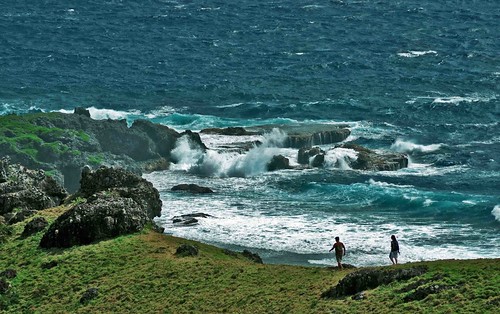
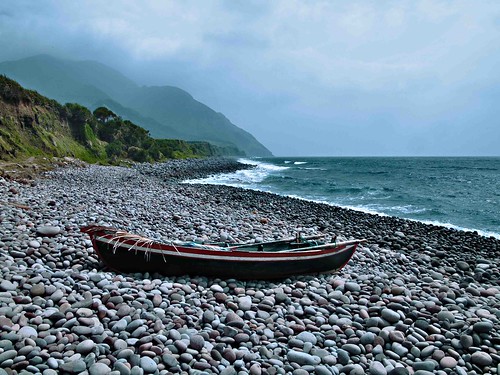
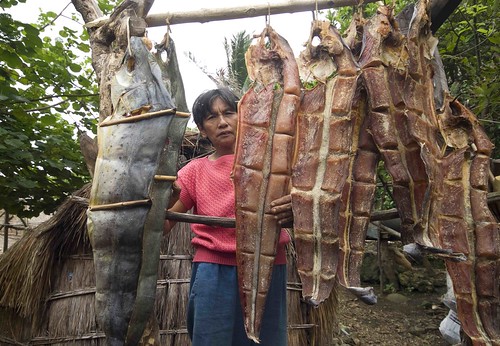
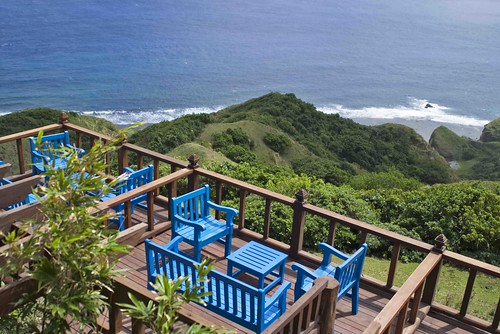
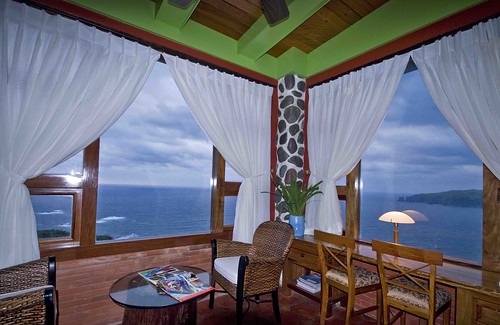

No comments:
Post a Comment
Subscribe to Biztalk and Jobs via Email
Become a fan Biztalk and Jobs in Facebook
Follow me on Twitter